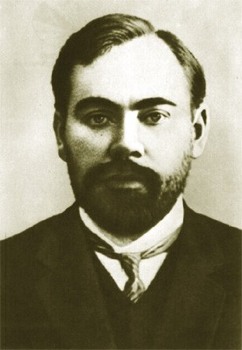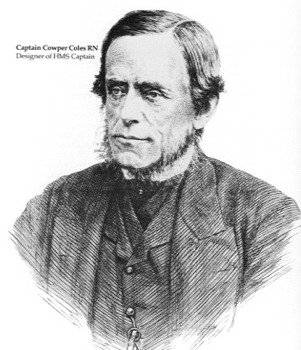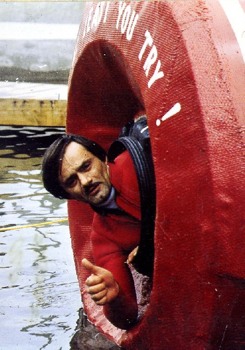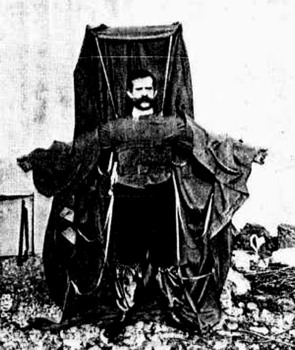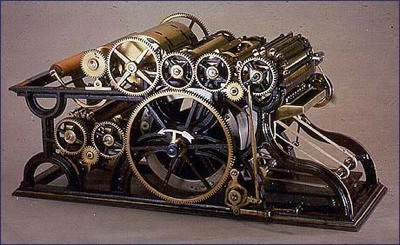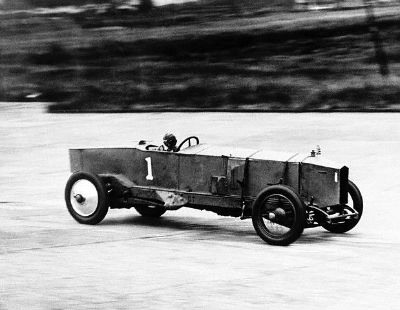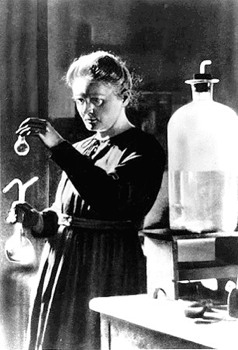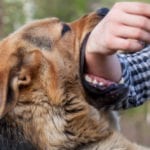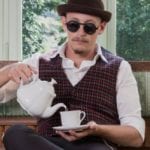 Music
Music  Music
Music  History
History 10 Less Than Jolly Events That Occurred on December 25
 Weird Stuff
Weird Stuff 10 Funny Ways That Researchers Overthink Christmas
 Politics
Politics 10 Political Scandals That Sent Crowds Into the Streets
 Weird Stuff
Weird Stuff Ten Bizarre Facts About The Doge Meme
 Our World
Our World 10 Ways Your Christmas Tree Is More Lit Than You Think
 Movies and TV
Movies and TV The 10 Coolest Stars to Set Sail on The Love Boat
 History
History 10 Things You Didn’t Know About the American National Anthem
 Technology
Technology Top 10 Everyday Tech Buzzwords That Hide a Darker Past
 Humans
Humans 10 Everyday Human Behaviors That Are Actually Survival Instincts
 Music
Music 10 Surprising Origin Stories of Your Favorite Holiday Songs
 History
History 10 Less Than Jolly Events That Occurred on December 25
 Weird Stuff
Weird Stuff 10 Funny Ways That Researchers Overthink Christmas
Who's Behind Listverse?

Jamie Frater
Head Editor
Jamie founded Listverse due to an insatiable desire to share fascinating, obscure, and bizarre facts. He has been a guest speaker on numerous national radio and television stations and is a five time published author.
More About Us Politics
Politics 10 Political Scandals That Sent Crowds Into the Streets
 Weird Stuff
Weird Stuff Ten Bizarre Facts About The Doge Meme
 Our World
Our World 10 Ways Your Christmas Tree Is More Lit Than You Think
 Movies and TV
Movies and TV The 10 Coolest Stars to Set Sail on The Love Boat
 History
History 10 Things You Didn’t Know About the American National Anthem
 Technology
Technology Top 10 Everyday Tech Buzzwords That Hide a Darker Past
 Humans
Humans 10 Everyday Human Behaviors That Are Actually Survival Instincts
10 Inventors Killed By Their Inventions
There is a little overlap on this list with our previous list “Top 10 Scientists Killed Or Injured By Their Experiments” – but there are sufficiently new people here to make this a definite must-have list for the site. In the pursuit of greater knowledge, there is risk to life and limb. The people on this list took the risk and died – but not before making progress for all man. Here are 10 great inventors who died (in a round-about way) at their own hands.
Henry Winstanley was the a famous English lighthouse architect and engineer who constructed the first Eddystone lighthouse. Winstanley wished to test the lighthouse’s strength and so demanded to be inside it during a storm. The lighthouse collapsed, killing Winstanley and five other people.
Alexander Bogdanov was a noted Russian physician, philosopher, economist, science fiction writer, and revolutionary. One of his many scientific experiments involved ideas of possible rejuvenation through blood transfusion. Having given blood transfusions to many notable people, including Lenin’s sister, Bogdanov decided to give himself a transfusion of blood from one of his patients who suffered from malaria and tuberculosis. He died from the infections shortly after.
Cowper Phipps Coles was a distinguished Royal Navy Captain who invented a rotating turret for ships during the Crimean War. After the war, Coles patented his invention and set about building his own ship using this revolutionary design, having seen it adapted for other Royal Navy ships. His ship, the HMS Captain, required several unusual and dangerous modifications however, including a so called “hurricane deck” which raised the ship’s centre of gravity. On the 6th September 1870, the HMS Captain capsized, killing Coles and most of its 500 person crew.
Karel Soucek was a Canadian stuntman famous for inventing a “capsule” (really just a modified barrel) and riding down the Niagara Falls in it. He survived, although suffered some injuries. In 1985, he convinced a company to finance a barrel drop from the top of the Houston Astrodome in Texas. A special waterfall was created from the top of the 180 ft structure, with a plunge pit at the bottom. However, the stunt went wrong, and Soucek hit the rim of the pool instead of the centre, causing the capsule to splinter and severely injure him. He died the next day. Evel Knievel called it the most dangerous stunt he had ever seen. His capsule is on display at the New York State Museum.
Franz Reichelt was an Austrian tailor who was famous for creating a strange overcoat/parachute hybrid that he claimed could sail its wearer gently to the ground or even to fly. He conducted his experiment from the first deck of the Eiffel Tower, and in front of a group of spectators and a camera crew, proceeded to fall straight down. He died immediately from the impact.
Otto Lilienthal was a pioneer of human aviation who became known as the Glider King. He was the first person to make repeated successful gliding flights. Newspapers and magazines in many countries published photographs of Lilienthal gliding, favorably influencing public and scientific opinion about the possibility of flying machines becoming practical reality after ages of idle fantasy and unscientific tinkering. On a flight on the 9th August 1896, Lilienthal fell 17 meters, breaking his spine. He died the next day. His final words were, “Small sacrifices must be made!”
William Bullock was an American inventor whose 1863 invention of the rotary printing press helped revolutionize the printing industry due to its great speed and efficiency. Bullock died while trying to repair one of his printing presses, by getting his foot crushed under one of the machines while trying to kick a pulley into place. His foot later became gangrenous, and Bullock died during an operation to amputate his foot.
John Godfrey Parry-Thomas was a Welsh motor-racing driver and engineer. He had always dreamed of breaking the land speed record set by Malcolm Campbell, and set about creating a car to do it. He developed a car, named Babs, which had many modifications, such as an exposed chains connecting the wheels to the engines. On the 27th of April 1926, Parry-Thomas broke the existing record, before raising it to above 170 mph the next day. The record stood for a year, before Malcolm Campbell broke it in 1927. On trying to reclaim his record, one of the chains snapped and flew into his neck, partially decapitating him. He died instantly.
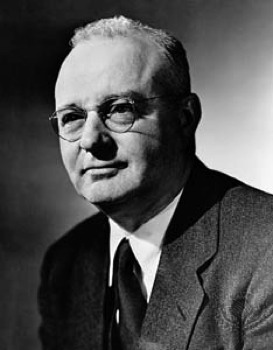
3
Thomas Midgley was an American chemist who invented both leaded petrol and CFCs. Though lauded during his time, he has come to be known as having “had more impact on the atmosphere than any other single organism in Earth history” and “the one human responsible for more deaths than any other in history” due to his inventions. He eventually contracted Polio and lead poisoning and was left disabled in his bed. This caused him to create an elaborate system of pulleys and ropes in order to lift himself from bed. He died at the age of 55 after being strangled by one of his pulleys and is notable for the fact that both his inventions, leaded petrol and his pulley operated bed, contributed to his death.
Marie Curie was a French-Polish physicist and chemist who is famous for discovering a host of new elements, including radium and polonium, as well as the theory of radioactivity and the isolation of radioactive isotopes. She was the joint winner of the Nobel Prize in 1903 (along with her husband Pierre). She died on July 4, 1934, from aplastic anaemia, almost certainly contracted from exposure to radiation. The damaging effects of ionizing radiation were then not yet known, and much of her work had been carried out in a shed without any safety measures. She had carried test tubes containing radioactive isotopes in her pocket and stored them in her desk drawer, remarking on the pretty blue-green light that the substances gave off in the dark.

